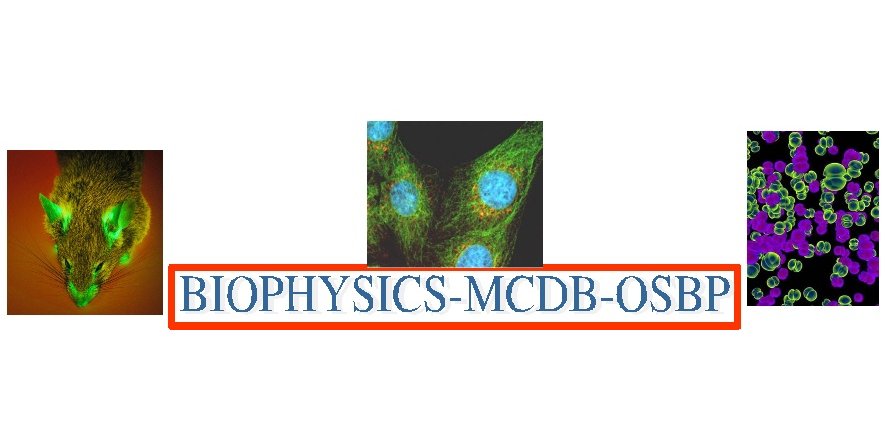Interdisciplinary Graduate Programs Symposium

2010 OSU Molecular Life Sciences
Interdisciplinary Graduate Programs Symposium

Poster abstracts
Abstract:
Following injection into muscle and peripheral nerves, a variety of viral vectors undergo retrograde transport to lower motor neurons. However, because of its attractive safety profile and durable gene expression, AAV remains the only vector to have been applied to the human nervous system for treatment of neurodegenerative disease. Nonetheless, only a very small fraction of intramuscularly injected AAV vector arrives at the spinal cord. To solve this problem, we engineered a novel AAV vector by inserting a neuronal binding peptide (Tet1), derived from tetanus toxin, into the capsid of AAV1. Integral to this approach was the combination of structure-based design with current peptide targeting strategies to increase the effectiveness of functional capsid engineering. This approach allowed the optimization of scaffoldings regions for effective display of the foreign epitope while minimizing disruption of native capsid structure. We also validated an approach by which low titer tropism-modified AAV vectors can be rescued by particle mosaicism with unmodified capsid proteins. Importantly, our rationally engineered AAV vectors exhibited markedly enhanced transduction of cultured motor neurons, diminished transduction of non-target cells, and markedly superior retrograde delivery compared to un-modified AAV1 vector. This approach promises a significant advancement in the rational engineering of AAV vectors.
Keywords: AAV, Tetanus Toxin